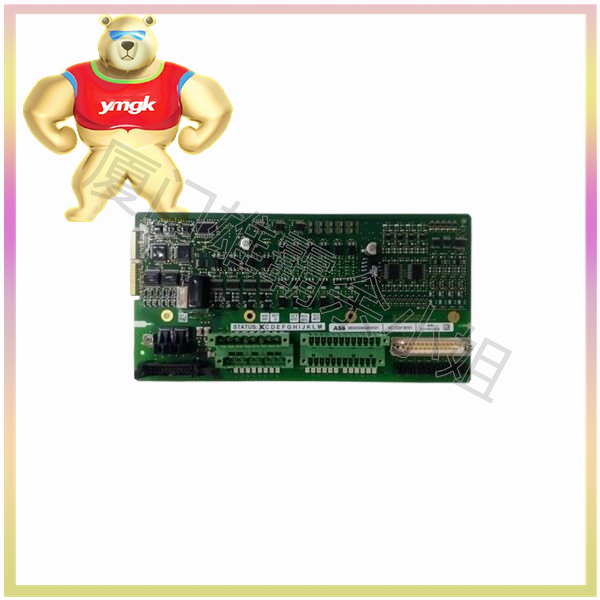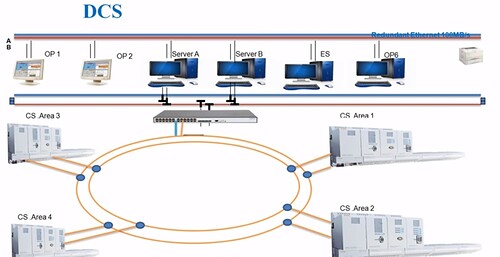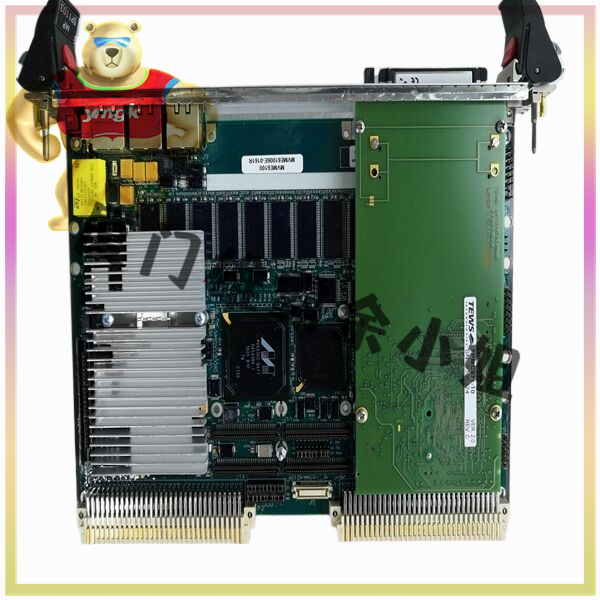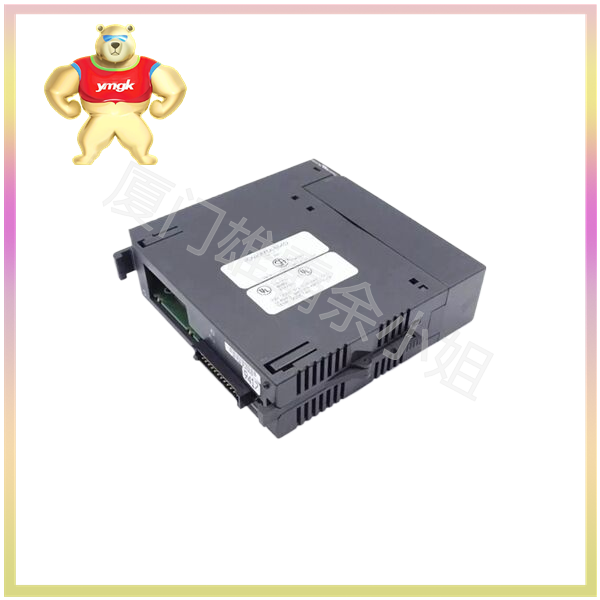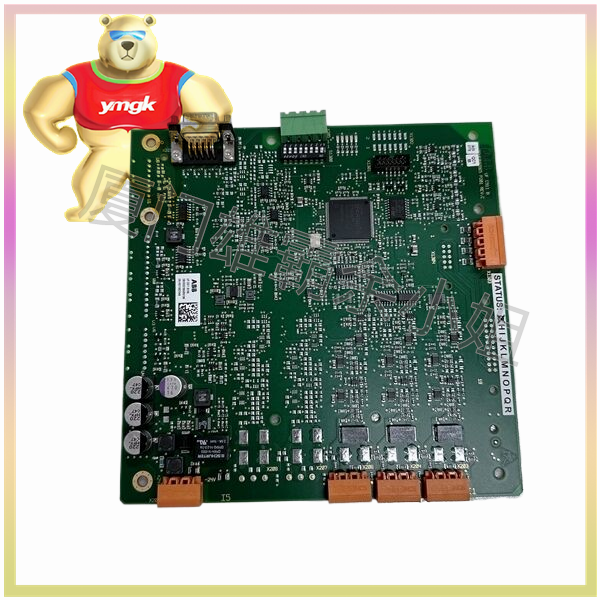- Digital pulse
This method is similar to the control of stepper motors, where the motion controller sends “pulse/direction” or “CW/CCW” type pulse command signals to the servo driver; The servo drive operates in position control mode, and the position closed-loop is completed by the servo drive. Most Japanese and domestic servo products adopt this mode. Its advantages are simple system debugging and less interference, but the disadvantage is that the servo system response is slightly slow.
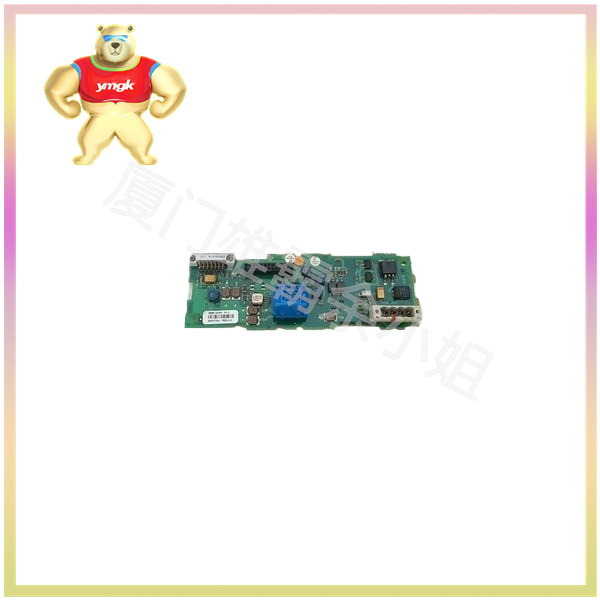
- Analog signal
Another way is to simulate signals. In this way, the motion control system sends analog voltage commands of+/-10V to the servo drive, while receiving position feedback signals from position detection components such as motor encoders or linear gratings; The servo drive operates in speed control mode, and the position closed-loop is completed by the motion controller. Most servo products in Europe and America adopt this working mode. Its advantage is fast servo response, but its disadvantage is that it is sensitive to on-site interference and debugging is slightly more complex.

